Serving 432 students in grades Prekindergarten-2, Charles F. Seabrook School ranks in the bottom 50% of all schools in New Jersey for overall test scores (math proficiency is bottom 50%, and reading proficiency is bottom 50%).
The percentage of students achieving proficiency in math is 40-44% (which is approximately equal to the New Jersey state average of 44%). The percentage of students achieving proficiency in reading/language arts is 35-39% (which is lower than the New Jersey state average of 57%).
The student:teacher ratio of 9:1 is lower than the New Jersey state level of 11:1.
Minority enrollment is 66% of the student body (majority Hispanic), which is higher than the New Jersey state average of 62% (majority Hispanic).
Quick Stats (2025)
- Grades: Prekindergarten-2
- Enrollment: 432 students
- Student:Teacher Ratio: 9:1
- Minority Enrollment: 66%
- Math Proficiency: 40-44%
- Reading Proficiency: 35-39%
- Source: National Center for Education Statistics (NCES), NJ Dept. of Education
Top Rankings
Charles F. Seabrook School ranks among the top 20% of public schools in New Jersey for:
Category
Attribute
Diversity
Student Attention
School Overview
Charles F. Seabrook School's student population of 432 students has grown by 12% over five school years.
The teacher population of 48 teachers has grown by 17% over five school years.
Grades Offered
Grades Prekindergarten-2
Total Students
432 students
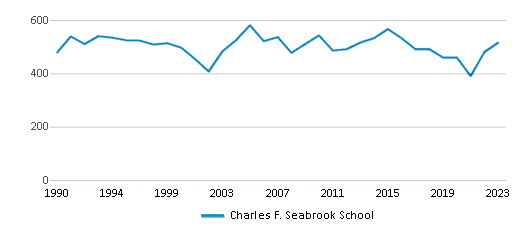
Gender %
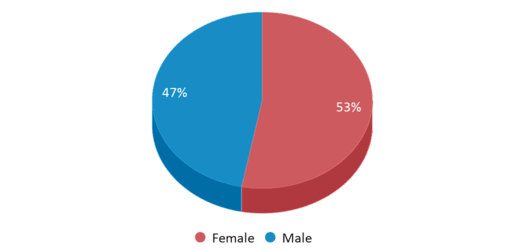
Total Classroom Teachers
48 teachers
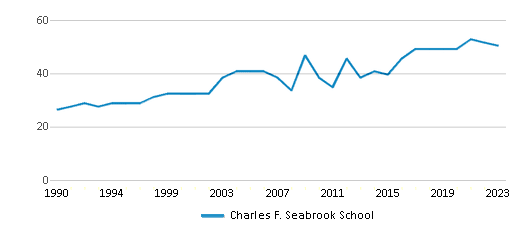
Students by Grade
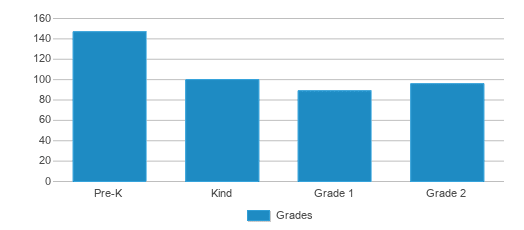
School Rankings
The diversity score of Charles F. Seabrook School is 0.70, which is less than the diversity score at state average of 0.72. The school's diversity has stayed relatively flat over five school years.
Math Test Scores (% Proficient)
(18-19)40-44%
44%

Reading/Language Arts Test Scores (% Proficient)
(18-19)35-39%
57%
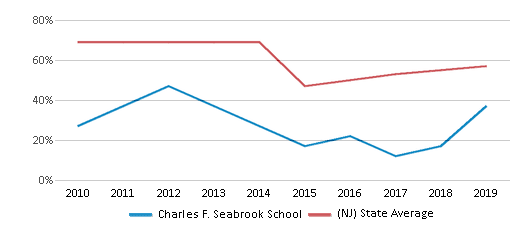
Student : Teacher Ratio
9:1
11:1
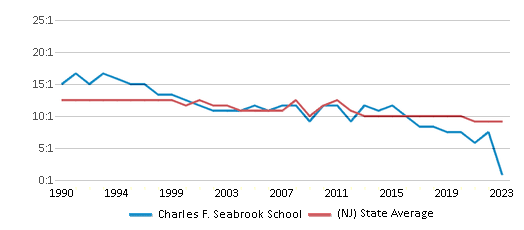
American Indian
n/a
n/a
Asian
2%
10%
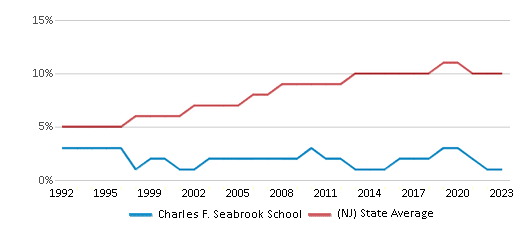
Hispanic
39%
34%
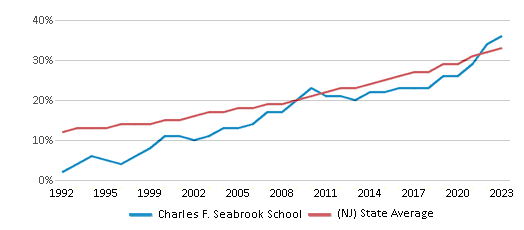
Black
20%
15%
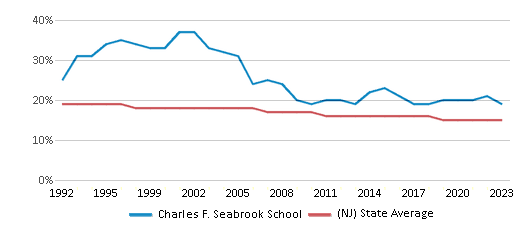
White
34%
38%

Hawaiian
n/a
n/a
Two or more races
5%
3%
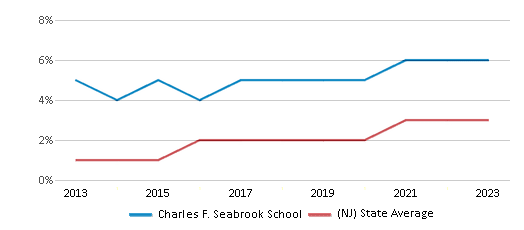
All Ethnic Groups

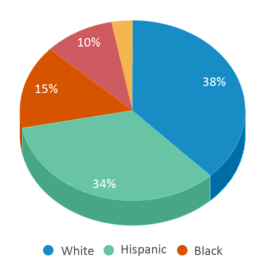
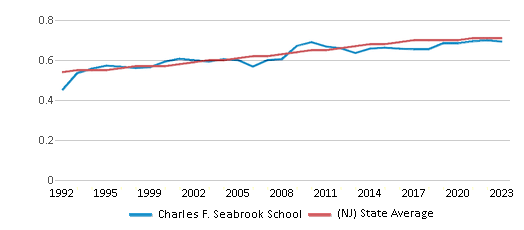
Participates in the National School Lunch Program (NSLP)
Yes
Eligible for Free Lunch
49%
32%
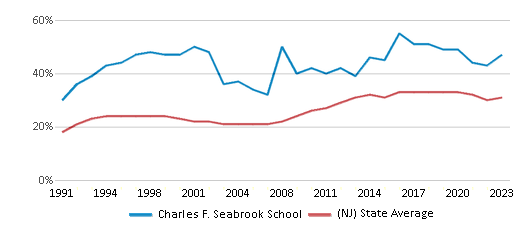
Eligible for Reduced Lunch
7%
6%
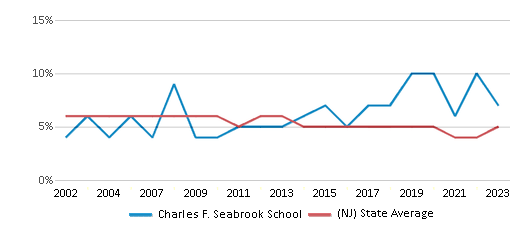
School Statewide Testing
School District Name
Source: National Center for Education Statistics (NCES), NJ Dept. of Education
Frequently Asked Questions
What percent of students have achieved state testing proficiency in math and reading?
40-44% of students have achieved math proficiency (compared to the 44% NJ state average), while 35-39% of students have achieved reading proficiency (compared to the 57% NJ state average).
How many students attend Charles F. Seabrook School?
432 students attend Charles F. Seabrook School.
What is the racial composition of the student body?
39% of Charles F. Seabrook School students are Hispanic, 34% of students are White, 20% of students are Black, 5% of students are Two or more races, and 2% of students are Asian.
What is the student:teacher ratio of Charles F. Seabrook School?
Charles F. Seabrook School has a student ration of 9:1, which is lower than the New Jersey state average of 11:1.
What grades does Charles F. Seabrook School offer ?
Charles F. Seabrook School offers enrollment in grades Prekindergarten-2
What school district is Charles F. Seabrook School part of?
Charles F. Seabrook School is part of Upper Deerfield Township School District.
In what neighborhood is Charles F. Seabrook School located?
Charles F. Seabrook School is located in the Seabrook neighborhood of Bridgeton, NJ. There are 2 other public schools located in Seabrook.
School Reviews
5 9/19/2011
This school only recognizes a few children, the same kids you see in the winter concerts are the same children picked for the spring concerts and it goes on year after year like that. Their teachers pick is tomorrows snobby clique... I do NOT reccomend this school for the average student, they will be ignored and overlooked
Review Charles F. Seabrook School. Reviews should be a few sentences in length. Please include any comments on:
- Quality of academic programs, teachers, and facilities
- Availability of music, art, sports and other extracurricular activities
Recent Articles

What Is A Charter School?
Explore the world of charter schools in this comprehensive guide. Learn about their history, how they operate, and the pros and cons of this educational innovation. Discover key facts about charter schools, including admission policies, demographics, and funding, as well as what to look for when considering a charter school for your child.

10 Reasons Why High School Sports Benefit Students
Discover the 10 compelling reasons why high school sports are beneficial for students. This comprehensive article explores how athletics enhance academic performance, foster personal growth, and develop crucial life skills. From improved fitness and time management to leadership development and community representation, learn why participating in high school sports can be a game-changer for students' overall success and well-being.

February 05, 2025
Understanding the U.S. Department of Education: Structure, Impact, and EvolutionWe explore how the Department of Education shapes American education, from its cabinet-level leadership to its impact on millions of students, written for general audiences seeking clarity on this vital institution.





